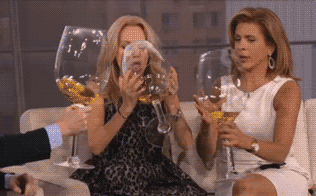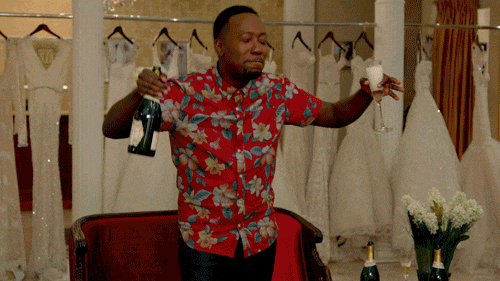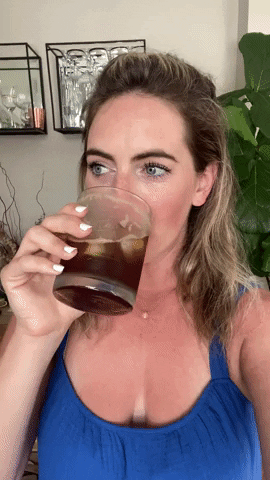NoLo, short for no and low-alcohol beverages, is a new type of beverage that is modeled on traditional drinks that use alcohol. They are marketed as being healthier alternatives to alcoholic drinks and are an excellent option for people who want to have a drink but don't want the calories or sugar that usually come with it.
The NoLo category has grown to £10BN this year. It is forecasted to grow 8% between now and 2025, 7.3% more than the traditional alcohol category.

So, why is this category now so popular?
1. Consumers are more concerned with health
The desire to improve mental and physical well-being is driving the NoLo trend.
What this means in practice is a general move towards moderation in drinking alcohol. The majority of NoLo consumers drink alcohol but choose NoLo options for certain occasions – rather than avoiding alcohol completely. It is similar to how flexitarians choose to eat meat but reduce their consumption by substituting it with plant-based options.
2. Younger people are leading the NoLo charge
Younger, more health-conscious consumers have been leading the NoLo charge, with an eye to
living healthier lifestyles and exploring better ways to eat and drink. According to UK health data, under-25s are increasingly choosing not to drink alcohol, and are also less likely to excessively drink.
3. Consumers are keener to avoid the ill-effects of alcohol
Flexible working and fluidity between personal and professional lives also mean consumers are needing to be ‘on’ at different times, and are put off traditional alcoholic drinks due to their related lethargy and hangovers.
4. NoLo drinks are more socially acceptable
These changes have been accompanied by a cultural shift that has seen drinking NoLo beverages normalised so they’re more socially acceptable. For some, it’s become trendy to favour non-alcoholic drinks.
5. The range of NoLo flavours and styles is appealing
The dramatic explosion of different flavours and styles of NoLo drinks has also driven the uptick. Higher-quality, innovative, and more authentic flavours are now on the market – and sustainable, low-sugar and low-calorie products are now available for consumers who are health-conscious and environmentally aware.

6. NoLo beverages are more widely available
Many traditional alcohol outlets now stock a much larger range of NoLo drinks – so they are no longer confined to a single shelf in an alcohol store or bar. Not only that, but NoLo-specific retail outlets are popping up, from physical non-alcoholic spirit shops to non-alcoholic online stores.
What is the future of NoLo drinks?

The NoLo share of the overall alcohol market currently remains in low single digits, but changing attitudes to alcohol and sobriety suggest rapid future growth.
The term ‘sober-curious’ is now a popular term used to describe those who are thinking about drinking less or not at all, and their numbers continue to rise.
Meanwhile, the NoLo options on offer continue to expand, with innovative companies producing better quality, complexity, flavours, and variety in their drinks – but without the hangover.
1. NoLo beer is increasingly popular
Heineken, for example, is rolling out its 0.0 beer on tap in pubs in the UK in 2022. And it is expecting this market to grow rapidly in years to come – Heineken predicts that by 2025 we’ll see as many Heineken 0.0 taps as Heineken Original ones in pubs.
No-alcohol beer is expected to be a driver of growth in this category, with CAGR predicted to be 11% in 2021–25 (IWSR).
2. Low-alcohol wine is outpacing no-alcohol wine
Alcohol producers have struggled to replicate the success of NoLo beer in the wine market, in part because wine starts from a much higher ABV, which affects its overall flavour and texture.
However, as demand for NoLo wine increases, producers are finding ways to create flavours that are closer to the real thing, including by adding sugars, botanical flavours, or bubbles.
Unlike for other beverage types, low-alcohol wine is expected to outpace the growth of its non-alcohol counterpart. The low-alcohol variety is predicted to grow at 20% CAGR in 2021–25, and no-alcohol at 9% (IWSR).
No-alcohol RTDs and spirits are expected to grow in 2021–25 at a rate of 14% CAGR (IWSR).
Avnish Babla, who founded the UK’s Savyll Beverage Company in 2019, says he’s seen “tremendous growth” in the ready-to-pour cocktail market since October 2021.
“A lot of bartenders were sold the romance of mixing your own spirits, creating your own alcohol-free cocktails,” says Avnish. “But they don’t really taste like the drinks they are trying to recreate.”
With big players like Diageo and Tanqueray moving into the market with 0.0% alcohol ready-to-pour gin and tonic products, Savyll is now differentiating itself with a refocused product line.
“We decided to retire our gin and tonic and focus on our more popular flavours which are really our fruit-led flavours,” says Avnish.
